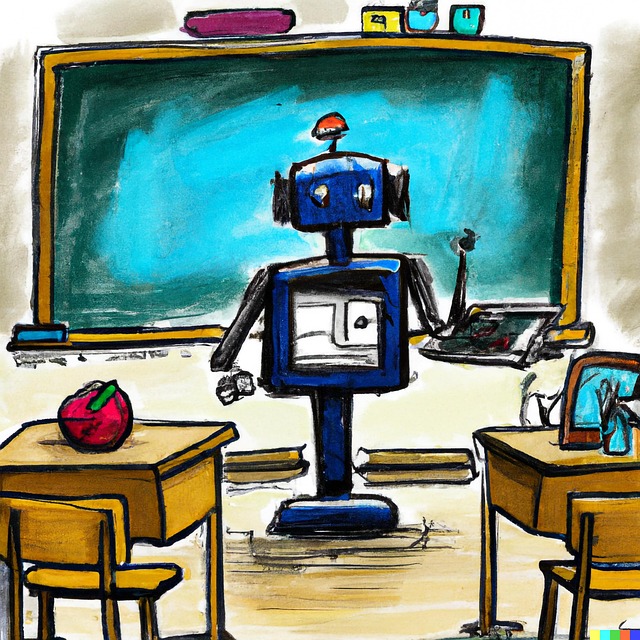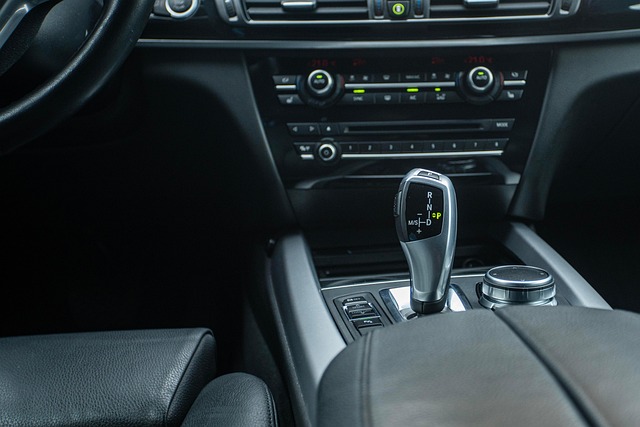# Exploring the Future of AI Technology: Innovations That Are Changing Our World Today
Artificial Intelligence (AI) is revolutionizing various sectors, and one of the most impacted industries is automotive. From smart manufacturing to autonomous driving innovations, AI is reshaping how vehicles are designed, manufactured, and experienced. This article delves into the key areas where AI is transforming the automotive industry, featuring examples from leading companies like Tesla, BMW, and Toyota.
## Smart Manufacturing: The Backbone of Modern Automotive Production
AI has significantly enhanced manufacturing processes in the automotive sector. Smart manufacturing, powered by AI, integrates advanced technologies such as machine learning, robotics, and IoT (Internet of Things) to create more efficient production lines.
### Key Innovations in Smart Manufacturing:
– **Robotics and Automation**: Companies like BMW have implemented AI-driven robots that can adapt to various tasks, improving efficiency and reducing human error.
– **Quality Control**: AI systems analyze data from production lines in real-time, identifying defects and ensuring that only high-quality vehicles leave the factory.
– **Predictive Analytics**: By analyzing production data, AI can predict equipment failures, allowing manufacturers to schedule maintenance and avoid costly downtimes.
Real-world Example: **BMW** has embraced smart manufacturing by utilizing AI to optimize its production processes. The company employs AI algorithms to analyze data from its factories, enabling it to streamline operations and enhance product quality.
## Predictive Maintenance in Vehicles: Enhancing Reliability and Safety
Predictive maintenance is another area where AI is making a significant impact. By analyzing data from sensors embedded in vehicles, AI can predict when a component is likely to fail, allowing for timely maintenance.
### Benefits of Predictive Maintenance:
– **Cost Savings**: By addressing potential issues before they escalate, automotive companies can save on repair costs and extend the lifespan of vehicles.
– **Increased Safety**: Ensuring that vehicles are maintained proactively reduces the risk of breakdowns and accidents on the road.
Real-world Example: **Toyota** has implemented predictive maintenance solutions in its vehicles, utilizing AI to monitor the health of critical components. By doing so, Toyota enhances the reliability of its cars and provides peace of mind to drivers.
## Autonomous Driving Innovations: The Future of Mobility
One of the most exciting developments in the automotive industry is the advent of autonomous vehicles. AI plays a pivotal role in enabling self-driving cars, which are set to change the way we think about transportation.
### Key Features of Autonomous Driving:
– **Real-time Data Processing**: AI systems analyze data from cameras, sensors, and GPS to make split-second decisions on the road.
– **Safety Enhancements**: AI can detect obstacles and predict potential hazards, significantly reducing the risk of accidents.
Real-world Example: **Tesla** is at the forefront of autonomous driving innovations. The company’s Autopilot feature uses AI to assist drivers with navigation and safety, showcasing the potential of AI in creating smart car technology that enhances driving experiences.
## Supply Chain Optimization: Streamlining Operations
AI is also transforming supply chain management in the automotive industry. By analyzing data from various sources, AI can optimize inventory levels, predict demand, and streamline logistics.
### Advantages of AI in Supply Chain:
– **Improved Efficiency**: AI algorithms can forecast demand more accurately, allowing manufacturers to adjust production schedules accordingly.
– **Cost Reduction**: By optimizing inventory levels, companies can minimize waste and reduce storage costs.
Real-world Example: **Ford** has leveraged AI to optimize its supply chain processes. By using AI analytics, Ford can predict demand fluctuations and adjust its inventory accordingly, ensuring that production runs smoothly.
## Intelligent User Experiences: Enhancing Driver Interaction
AI is also transforming the way drivers interact with their vehicles. From voice-activated controls to personalized driving experiences, intelligent user experiences are becoming the norm.
### Features of Intelligent User Experiences:
– **Voice Recognition**: AI-powered voice assistants allow drivers to control navigation, music, and other features without taking their hands off the wheel.
– **Personalization**: AI can learn a driver’s preferences over time, adjusting settings such as seat position, climate control, and infotainment options.
Real-world Example: **Mercedes-Benz** has integrated AI into its MBUX infotainment system, providing drivers with a seamless and personalized experience. The system learns from user behavior and adapts to individual preferences, making each journey more enjoyable.
## Conclusion: The Road Ahead for AI in the Automotive Industry
The future of AI in the automotive industry is promising, with innovations that are not only enhancing manufacturing processes but also improving safety, reliability, and user experiences. As companies like Tesla, BMW, and Toyota continue to invest in AI technologies, we can expect to see even more advancements in autonomous driving, predictive maintenance, and smart manufacturing.
### Future Trends to Watch:
– **Further Integration of AI and IoT**: The combination of AI and IoT will lead to even smarter vehicles that communicate with each other and their surroundings.
– **Advancements in Autonomous Driving**: As technology matures, we will see a rise in fully autonomous vehicles, reshaping urban mobility.
– **Enhanced Personalization**: AI will continue to evolve, offering even more tailored experiences for drivers and passengers.
In conclusion, AI is not just a trend; it is the future of the automotive industry. As we continue to explore these innovations, the potential for AI to change our world is limitless.











